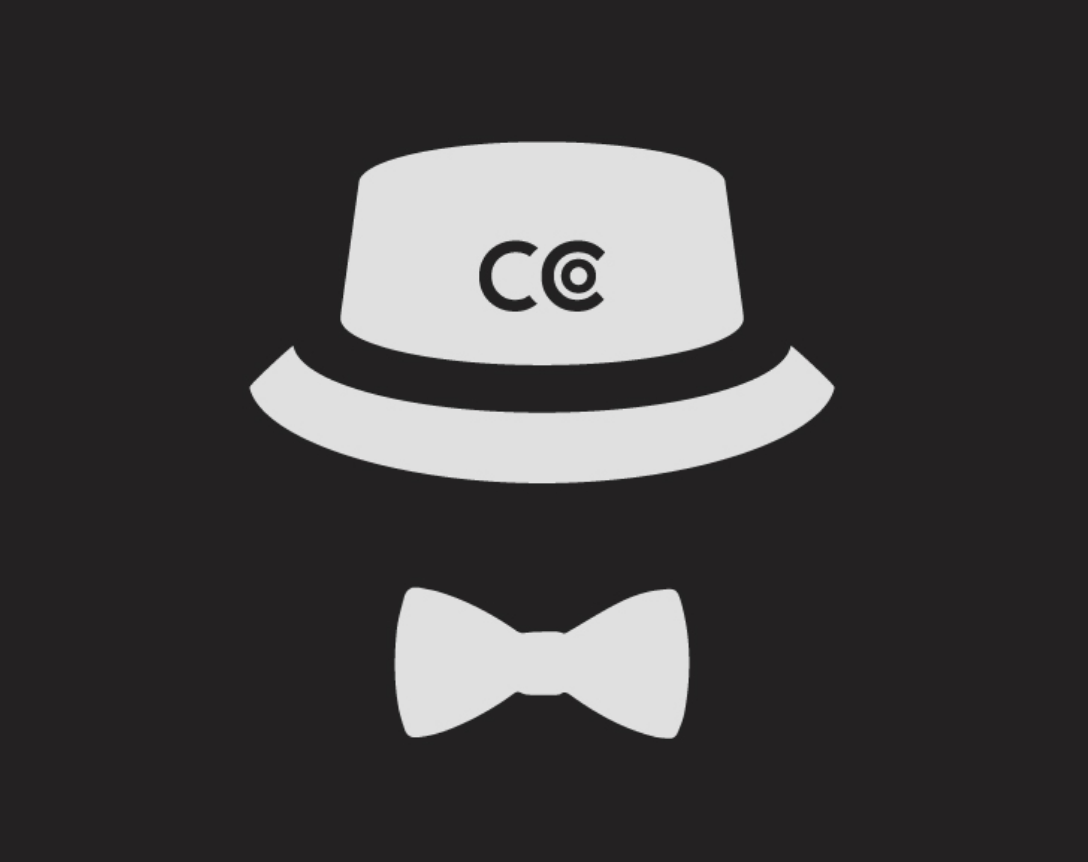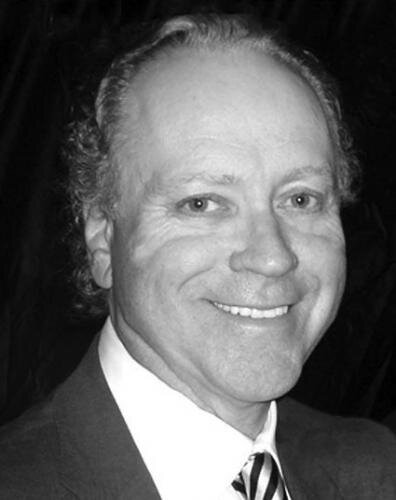Official Caddying Story: Skip Bronson
Richard “Skip” Bronson is Chairman of The Bronson Companies, LLC, a real estate development, investment and advisory company based in Beverly Hills, California. He serves as a director of both Starwood Property Trust, Inc. and Invitation Homes, Inc. Skip previously served as a director of Mirage Resorts and of TRI Pointe Group, Inc. He is on the Advisory Board of the Neurosurgery Division at UCLA Medical Center in Los Angeles, and he and his wife, Edie Baskin Bronson, were the recipients of the department’s 2018 “Visionary Award”. Skip has also served as a Trustee and Vice President of the International Council of Shopping Centers. He is a former member of the Board of Trustees of The Forman School in Litchfield, Connecticut, and the former Chairman of the Board of Trustees of The Archer School for Girls in Los Angeles, California. Skip started caddying at a young age, and golf has been ever-present in his life. He is even part of the ownership group of Sweetens Cove Golf Club.
At which golf course did you first caddie, and how old were you when you started?
Wampanoag Country Club when I was 12 years old but I later moved over to Tumble Brook Country Club, for reasons that will soon be explained.
Why were you compelled to become a caddie?
The simple answer is that I needed money. I worked from a young age and even had not one but two paper routes: the Hartford Courant in the morning and the Hartford Times in the afternoon.
But the impetus for caddying came from my father. My father was a window trimmer; he would dress and undress the mannequins in stores. He was a public course golfer and just absolutely loved the game. He was the one that got me into golf. My father made me practice in the backyard, hitting a golf-sized wiffle ball. To this day, I love to practice and still hear his voice in my head when I’m hitting balls, telling me to “watch the spin” of the ball. He’d also say things like “don’t hit, don’t help it up” and “lite (grip) equals tight, the club should feel heavy.”
It was his idea for me to start caddying. He told me that I could make some money and learn the game. Wampanoag was only a 20-minute bike ride away, so I thought to myself, “It’s a good way to to be on a golf course. How bad could that be?” Caddying became very important to me.
Take us through your first day on the job, who was your first loop?
The first day I did nothing but sit in the caddy yard. I did that for 6 or 7 days before I got a loop of any type. One afternoon, the caddiemaster told me to go grab this one bag. It belonged to the wife of a member, and I was to carry it for 9 holes. The other caddies started laughing hysterically, so I figured that it wasn’t the most coveted loop.
What was the biggest mistake that you made during your caddying career?
I don’t know his first name, but it occurred with Mr. Griffin. When I caddied, you would never refer to a member by his or her first name. It was always “Mr. Cooper” or “Mr. Simmons.'' Back then, Hartford was the insurance capital of the world. Mr. Griffin worked for Travelers Insurance Company and had a vicious temper. He was also a violent club thrower. By that point at Wampanoag, I’d worked my way up to carrying a double. And, they were those old Burton bags where the strap would really dig into your shoulder, like having a knife cutting there. It was so painful that I’d put a towel over my shoulder. The Made caddies would laugh at you, but I did it anyway.
When Mr. Griffin would hit a bad shot, he’d turn around and fling the club backwards. I’d have to drop both bags and literally run back to retrieve it. Then, he’d be angry if I wasn't back in time for his next shot. So finally, I asked him to throw the club down the fairway, the direction we were already heading in. He fired me on the spot.
It didn’t end there. The head golf pro, Bob Kay, was kind of an Eddie Merrins-type, rather soft spoken. He fired me from the club completely.
The next closest country club was Tumble Brook, where the wealthiest Jewish families were members. It was 27 holes, with the first 18 designed by Willie Park Jr. and the extra 9 later added by George Fazio. Not only was Tumble Brook an extra 10-15 minute bike ride away but I had to pass by Wampanoag each time I made the commute.
What were the two caddy yards like?
Wampanoag was a walking course and golf was very serious. So, there were a lot of caddies, probably at least 30 in the yard at a time. Many had been around forever, lifers like Golf Ball Eddie at Bel-Air Country Club. I learned a lot in the yard. It’s where I learned to play gin. It’s where I learned to drink.
I carved out a specialty by caddying for the wives of members. Since I was young, they weren’t as intimidated by me as they were with many of the lifer caddies. I was just a goat, there to carry the bag. But I knew how to flatter them, so they liked me.
Tumble Brook was the opposite, predominantly a riding course. Most members didn’t take golf all that seriously, just treated it as a precursor to playing gin. There were probably 6 caddies in the yard at any time, and they weren’t all that seasoned. Most members were in carts and only a small percentage of them even took a caddy, so you always got out but were mostly a forecaddie. No stories came out of that yard.
What did you most enjoy about caddying?
I loved the game and being around it. Looping for good players was awe inspiring. It was fun to be near the action in big money games, which ironically, Tumble Brook had more of than Wampanoag. Only later did I find out that the caddies were betting on their players, but I wasn't part of that.
As much as I loved caddying, I had to transition to more consistent, steady jobs when I turned 16. I needed gas money, so I worked at a supermarket and also at a gas station. Those jobs paid on rainy days and also during winter. You have to keep in mind that back East the golf season doesn't start until Memorial Day and ends on Labor Day. Even if the weather is gorgeous outside, most people just stopped playing, like flipping a switch.
Tell us about some of the people for whom you caddied, did any of them contribute to your career in a meaningful way?
At Tumble Brook, one such person was Abraham Ribicoff, the Connecticut Governor and later Connecticut Senator. Abe would always play with a prominent road builder, named A.I. “Butch” Savin. They only played every few weeks and neither was all that great of a player. But I made sure that Abe never had a bad lie, and I knew that he realized what I was doing because he’d always ask for me! In true small world fashion, one of my dear friends today is Abe’s stepson, Peter Mathes, though I didn't know that he even existed at the time.
But you have to realize that it was a different time and especially a different culture at the wealthy Connecticut country clubs. Even for a younger caddy, there was no mentoring. There was no aspect that if you do your job well, you’d be taken care of. No members were coming to you and asking what you aspired to do, not even the insurance guys. They didn’t really bother with the caddies; they just weren’t seen as being very important. It’s probably not the best way to say it, but caddies were kind of 2nd class citizens. It’s not like Bel-Air where the caddies are such an integral part of the round that I turn to Geraldo and laugh when Al (Michaels) hits a bad shot. Something like that would never happen when I was caddying.
You were really just a goat, mostly there to carry the clubs. My favorite thing to do was to look for balls. To me, the greatest thing that could happen was if you found a Titleist. Someone would give you a quarter for it, if it was a pearl. Selling balls was frowned upon at Tumble Brook but OK at Wampanoag. To this day, I only play Titleist golf balls. People always try to get me to try a Callaway or the TaylorMade, but I play Titleist.
What was the biggest lesson that you learned from caddying that helped you succeed as you progressed in life?
Everything that I needed to learn in business was first taught to me from my paper routes, and it also applied to caddying. You have to be on time and provide good service. If you do, some customers will reward you for it. Certain people want their paper before 7AM, and you have to adjust to their needs. No matter what you do, some customers will avoid paying you, and you’ll have to track them down. All the basic tenets are there, all the same principles, and they’ve applied to everything that I’ve done in my life.
Caddying certainly exposed me to better quality of golf, particularly at Wampanoag, but it also opened up the world for me a bit more. Especially at Tumble Brook, guys dressed better than my father and drove better cars. Back then, the true sign of wealth was if someone drove a Cadillac. It was like being a billionaire! But being around that environment made me more aware that I really wanted it. It became important to always aspire to have these things.
You not only went from the caddyshack to the corner office but also became the president of a club where you once caddied. Can you tell us about that?
It was really luck more than anything. When I became an active real estate developer in Hartford, I joined Tumble Brook. I was in my 20s and got involved on various club committees. Eventually, I was asked to go on the board of directors and later became the president of the club. What I’m more proud of is that as soon as I made some dough, the first thing I did was buy my father his own golf membership and a Cadillac.
If you could nominate one former caddie who went on to enjoy success, whose Official Caddying Story would you like to hear?
The truth is I'm not sure that any of the guys I play with ever caddied. I’m pretty sure that Peter Mathes and Al Micheals never caddied, probably not Doc (Rivers) or (Patrick) Whitesell either. But there are stories out there. I agree that Corey Pavin’s would be great and is a neat part of Bel-Air lore.

